Key Components in a High-Quality DSP Fertilizer Formula
DSP fertilizer, or double superphosphate fertilizer, is a widely used phosphorus-based fertilizer in agriculture. It is primarily used to improve soil fertility and enhance crop yield by providing plants with essential nutrients, especially phosphorus. The quality of DSP fertilizer formula plays a crucial role in its effectiveness, and understanding the key components that contribute to a high-quality DSP fertilizer formula is essential for both manufacturers and agricultural professionals.
Before we delve into the key components, let’s first understand what DSP fertilizer is and how it differs from other phosphate fertilizers.
Double superphosphate (DSP) is produced by reacting phosphate rock (typically calcium phosphate) with phosphoric acid, resulting in a fertilizer that contains high concentrations of soluble phosphorus. The chemical composition of DSP is typically about 20-21% phosphorus (P2O5), making it a highly effective source of phosphorus for plants.
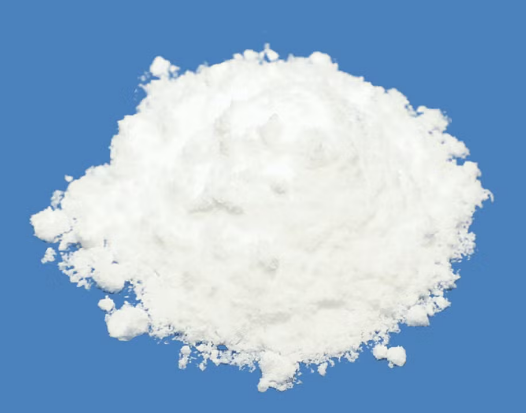
Unlike other phosphate fertilizers, such as single superphosphate (SSP), DSP contains a higher percentage of available phosphorus, making it more effective in improving crop productivity, especially for phosphorus-deficient soils.
Key Components in a DSP Fertilizer Formula
1. Phosphorus Content (P2O5)
Phosphorus is the primary nutrient in any DSP fertilizer formula. It is a vital element for plant growth, influencing several critical physiological processes such as root development, flowering, fruiting, and overall energy transfer.
- High Phosphorus Content: A high-quality DSP formula should have a phosphorus concentration of at least 20-21% P2O5. The higher the phosphorus content, the more effective the fertilizer will be in providing the necessary nutrients to plants.
- Solubility: The solubility of phosphorus in the fertilizer is equally important. The more soluble the phosphorus is, the more easily it can be absorbed by plants. In DSP, phosphorus is more readily available than in SSP, thanks to the higher solubility of phosphoric acid, which is used in the manufacturing process.
2. Calcium (Ca)
Calcium is another important component in the DSP fertilizer formula, as it plays a significant role in promoting root development, improving plant structure, and enhancing nutrient uptake. Calcium is vital for cell wall structure and enzyme activation in plants.
- Calcium in DSP: DSP contains calcium in the form of calcium phosphate (CaHPO4), which is a natural compound that helps in supplying the plant with calcium. This is especially beneficial in soils that are low in calcium, as it can improve soil pH and promote better nutrient absorption.
- Soil Amendment: Calcium also acts as a soil amendment, helping to neutralize acidic soils, which are common in areas that heavily rely on phosphorus fertilizers. It can improve the soil’s overall structure, leading to better root penetration and water retention.
3. Sulfur (S)
Sulfur is another key component of a high-quality DSP fertilizer formula. It plays a critical role in the synthesis of amino acids and proteins, and is essential for the formation of enzymes in plants. Sulfur helps in the activation of certain plant enzymes and increases resistance to plant diseases.
- Sulfur in DSP: Although not as prominent as phosphorus and calcium, sulfur is still present in small quantities in DSP fertilizers. It often comes in the form of sulfate (SO4) and enhances the overall nutrient profile of the fertilizer.
- Improved Protein Synthesis: Sulfur is essential for the synthesis of proteins, vitamins, and enzymes in plants. Adding sulfur to the DSP formula can improve crop health, promote better yield, and enhance the quality of produce.
4. Magnesium (Mg)
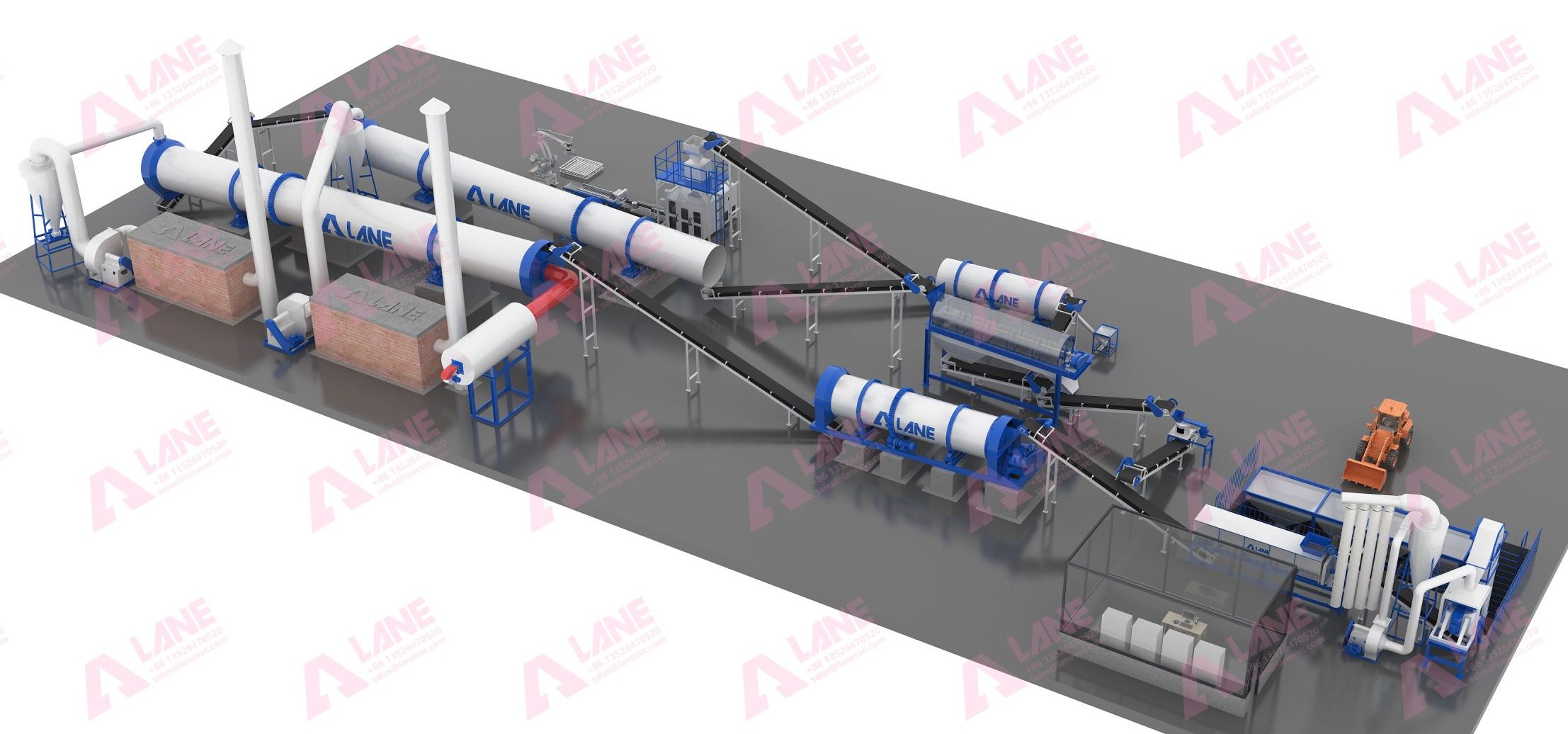
Magnesium is a critical element in plant photosynthesis, as it is the central atom in chlorophyll molecules. It helps in the conversion of sunlight into energy, contributing to healthy, green growth.
- Magnesium in DSP: While magnesium is not a dominant component in DSP fertilizer formula, it can still be beneficial when added in small amounts. Magnesium promotes better chlorophyll formation and boosts photosynthesis, improving the overall health and growth of plants.
- Soil Health: In certain soils, especially those with low magnesium content, adding a small amount of magnesium in the form of magnesium phosphate can be beneficial for optimal plant growth.
5. Trace Elements and Micro-nutrients
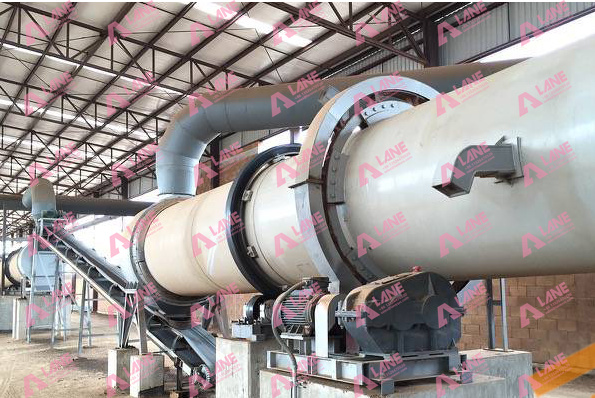
While the primary components of a DSP fertilizer formula are phosphorus, calcium, and sulfur, trace elements and micro-nutrients can also be added to enhance the overall fertilizer quality. These micro-nutrients, though needed in small amounts, are essential for a wide range of physiological processes in plants.
- Micronutrients: Elements such as iron (Fe), zinc (Zn), copper (Cu), boron (B), and molybdenum (Mo) are often included in high-quality DSP formulas to support various enzymatic activities, promote flowering, and improve disease resistance in crops.
- Balanced Formula: A balanced mix of macro and micro-nutrients in the DSP fertilizer formula ensures that plants receive a complete range of elements for optimal growth and development. It is particularly useful for preventing nutrient deficiencies, which can hinder crop yield and quality.
6. pH Control
The pH of the fertilizer also plays a crucial role in the effectiveness of DSP fertilizers. The optimal pH range for most crops is between 6 and 7, slightly acidic to neutral. However, the soil’s pH can be affected by the application of phosphorus fertilizers.
- pH Adjustment: High-quality DSP fertilizers often include agents that help maintain the pH balance in the soil, ensuring that it remains within the ideal range for nutrient absorption. Calcium, which is naturally present in DSP, also acts as a buffer, helping to regulate soil pH and prevent excessive acidity.
Conclusion
The DSP fertilizer formula is a carefully balanced blend of essential nutrients and components that provide plants with the necessary elements for growth, development, and high yield. The key components of a high-quality DSP fertilizer formula include:
- Phosphorus (P2O5), which is the main nutrient for root development and energy transfer.
- Calcium, which supports root health and neutralizes soil acidity.
- Sulfur, which aids in protein synthesis and plant disease resistance.
- Magnesium, which is crucial for photosynthesis.
- Trace elements and micro-nutrients, which ensure balanced plant nutrition.
- pH control to maintain optimal soil conditions for nutrient uptake.
By understanding the components that contribute to a high-quality DSP fertilizer formula, manufacturers can create more effective products that enhance crop health and productivity, while farmers can use these fertilizers to improve soil fertility and achieve higher yields.
Latest Articles & Tips
More-
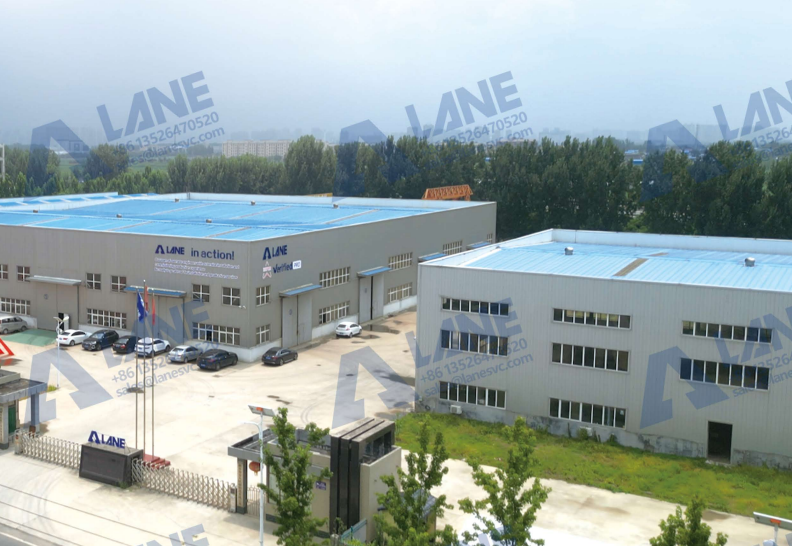
03/14
OEM Fertilizer Equipment Manufacturing: Custom Solutions for Your Production Needs
read more -
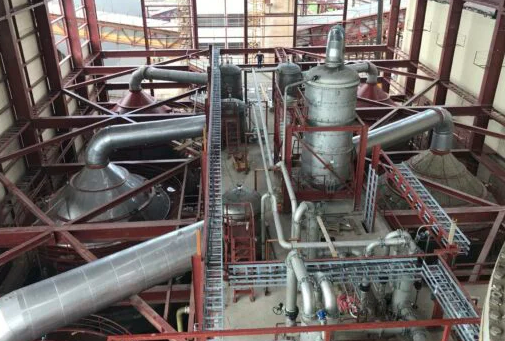
02/27
Fertilizer Granulation for DAP and MAP: Enhancing Efficiency in Fertilizer Production
read more -
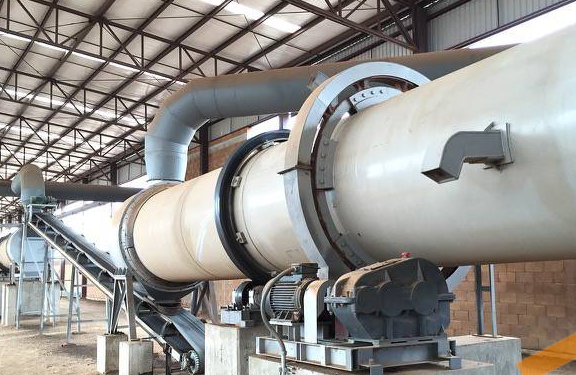
02/27
Fertilizer Production Solutions: Optimizing Efficiency and Sustainability in Fertilizer Manufacturing
read more -
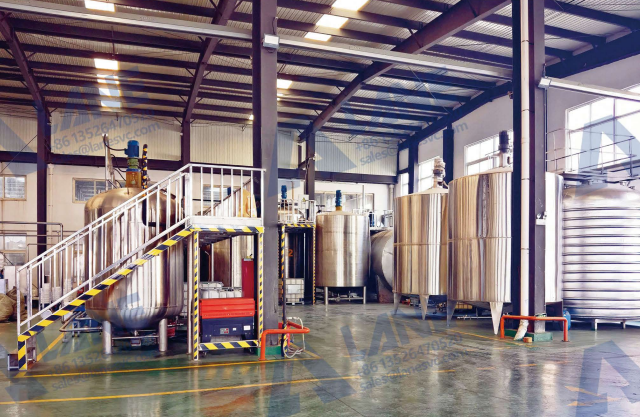
02/13
Chemical Fertilizer Production Line: Enhancing Agricultural Productivity with Precision Manufacturing
read more



Send a message to us